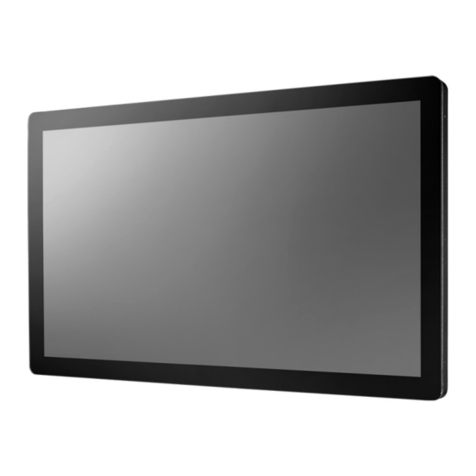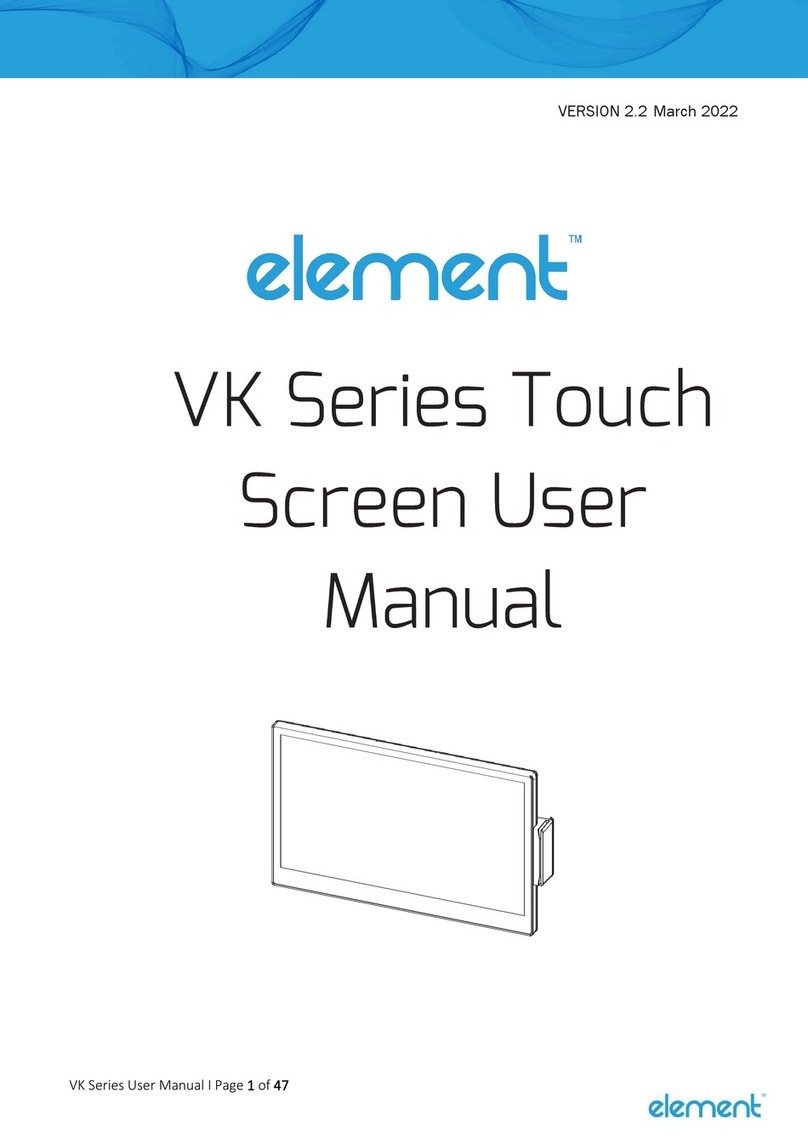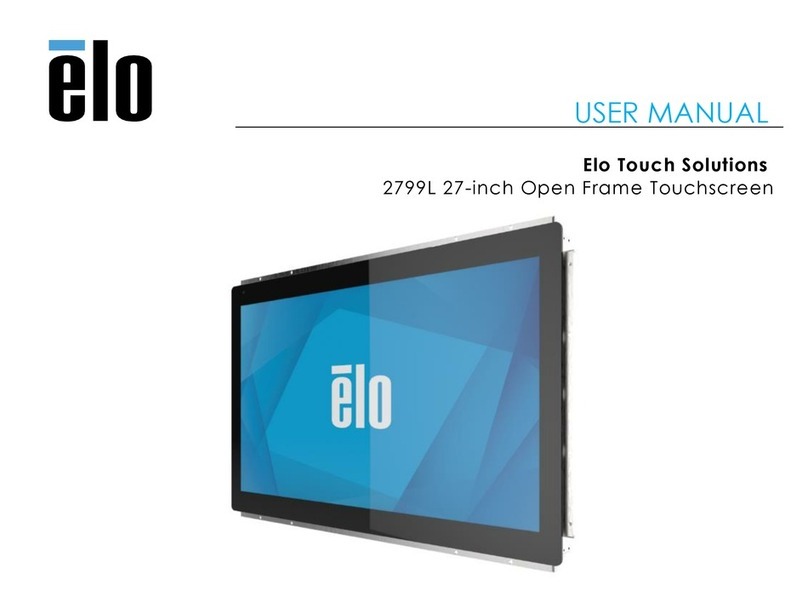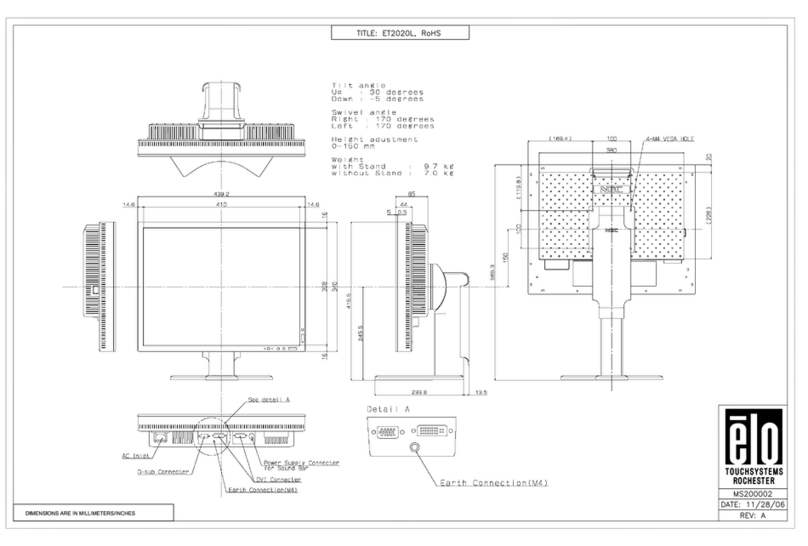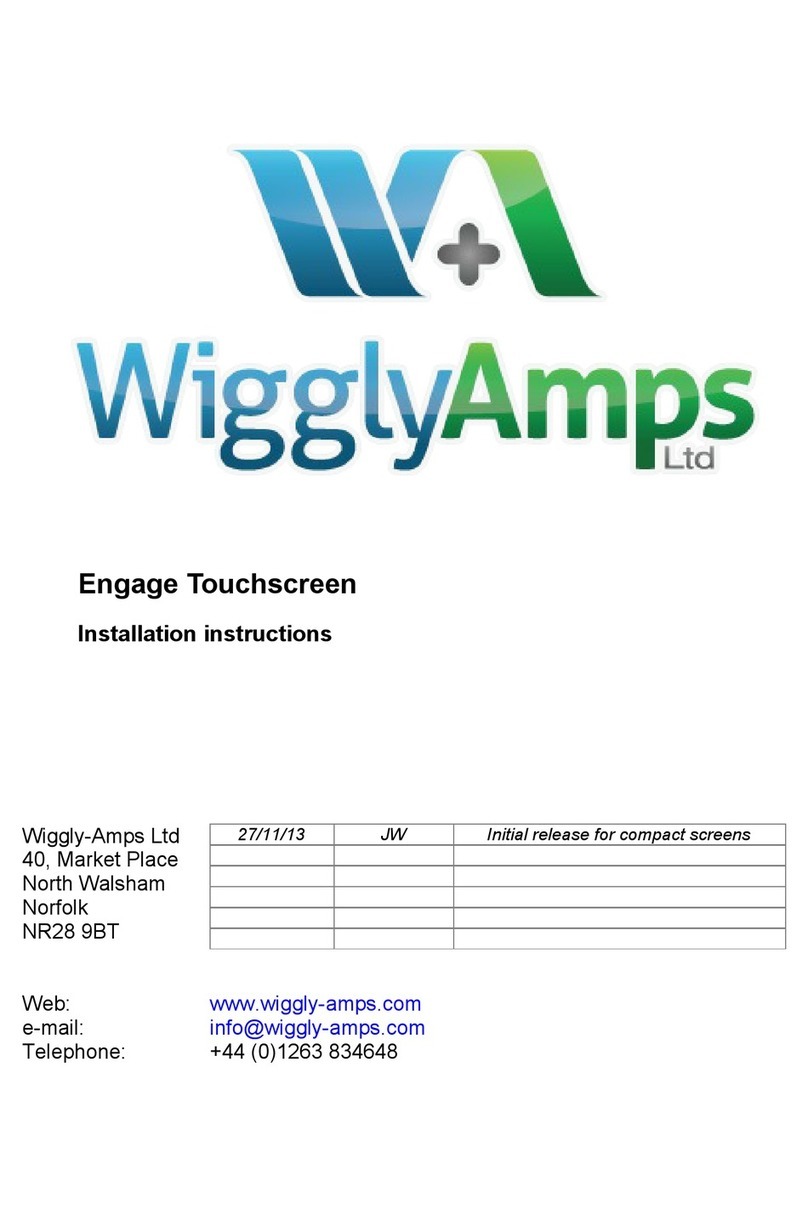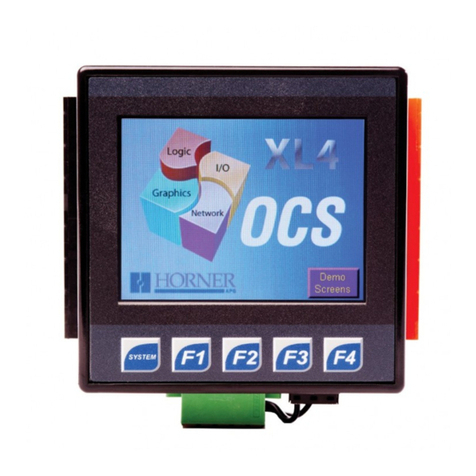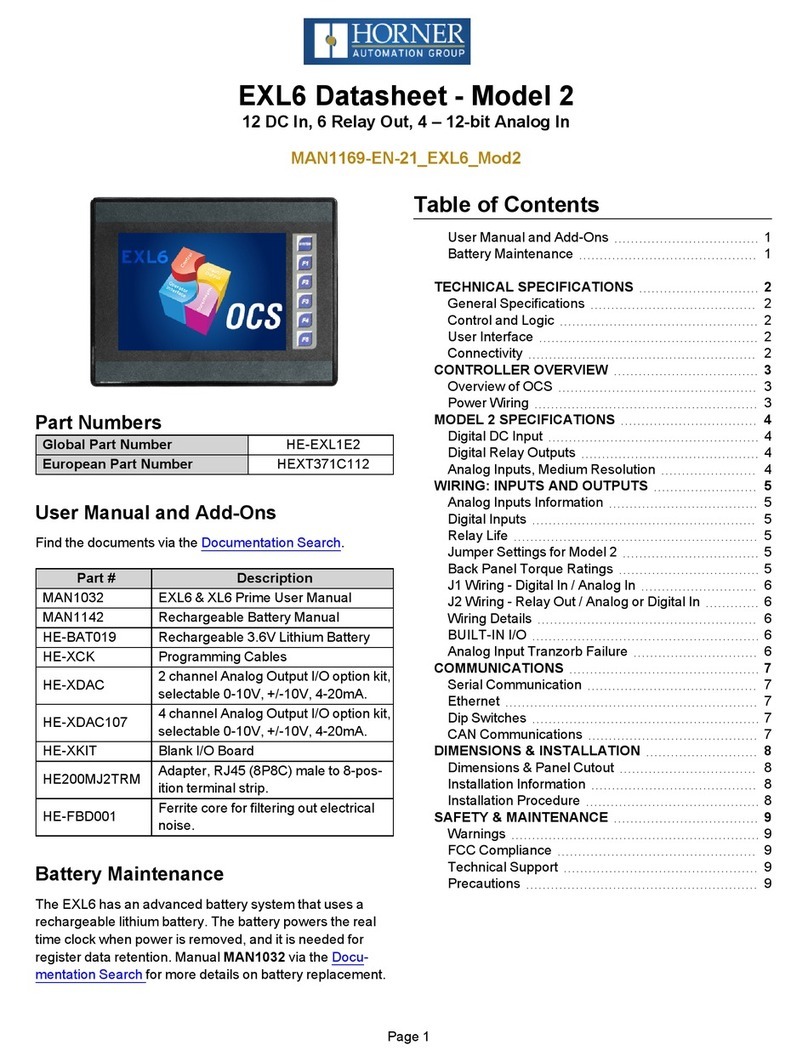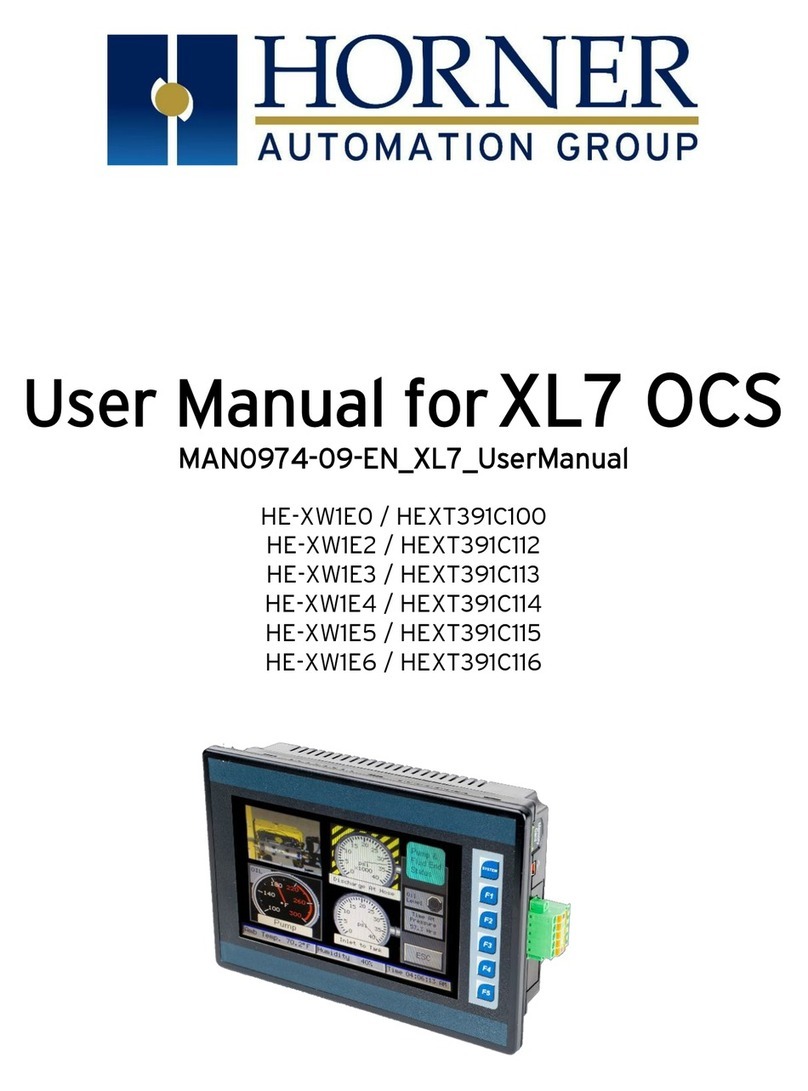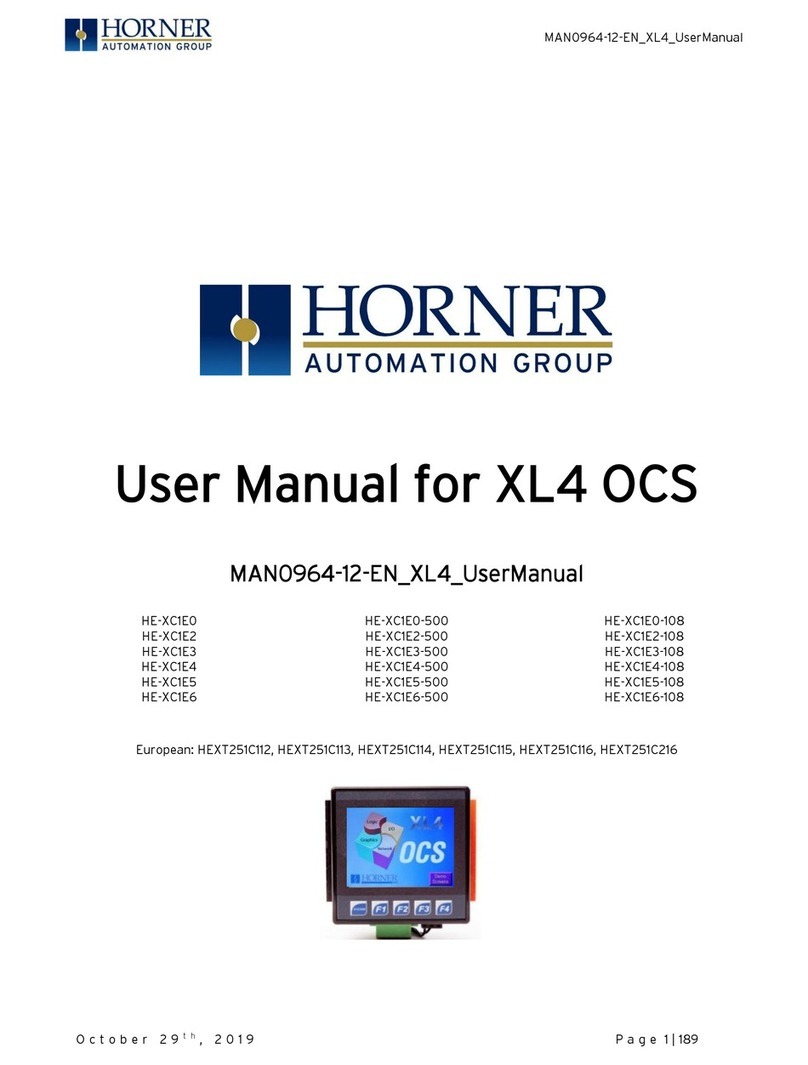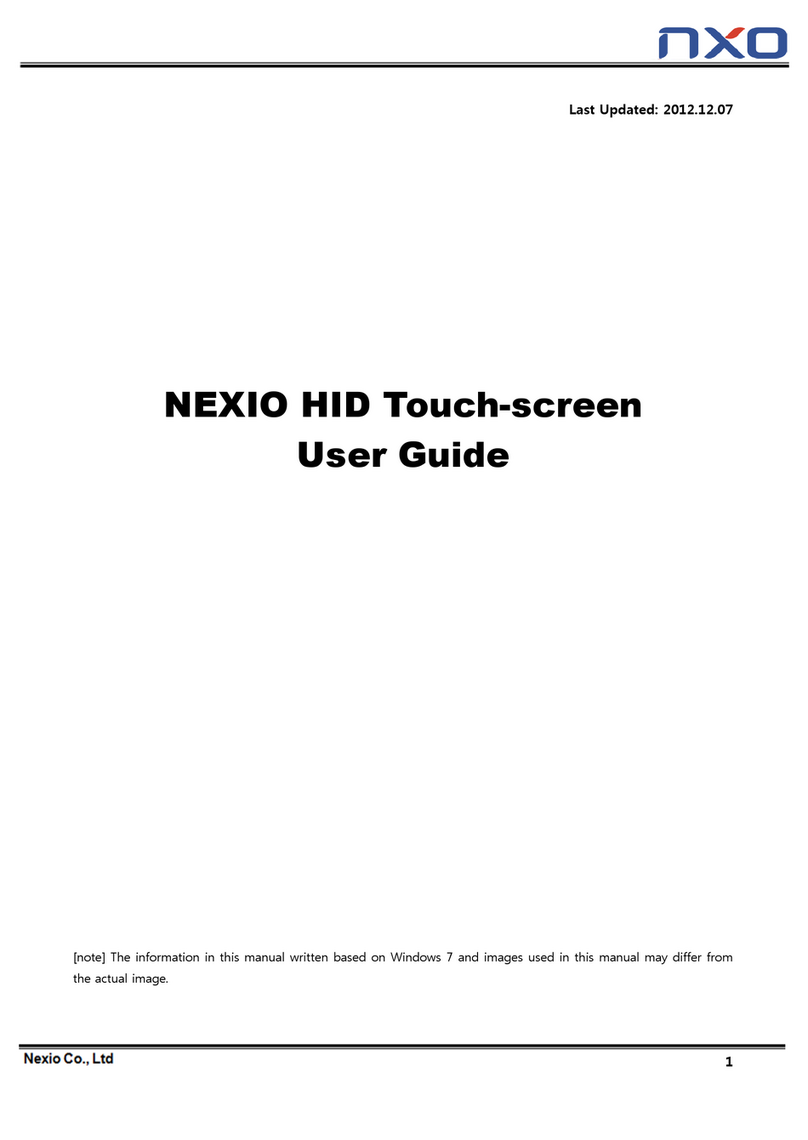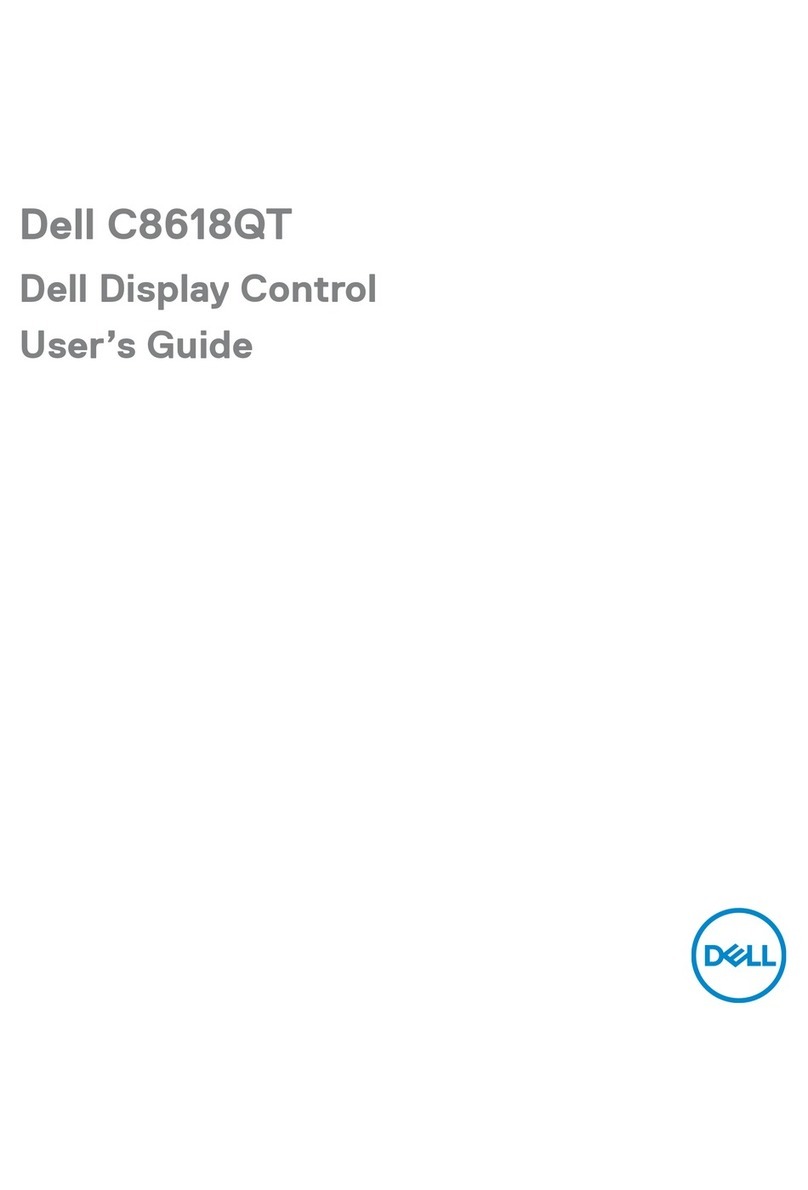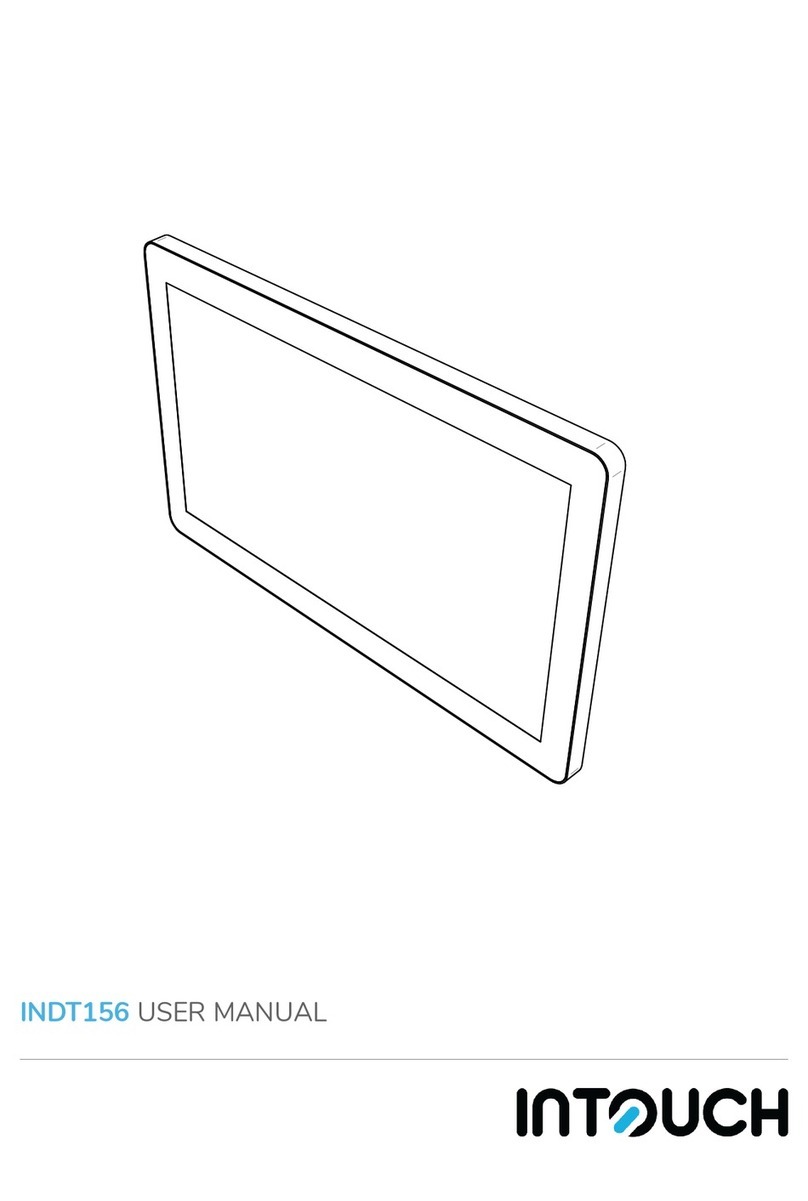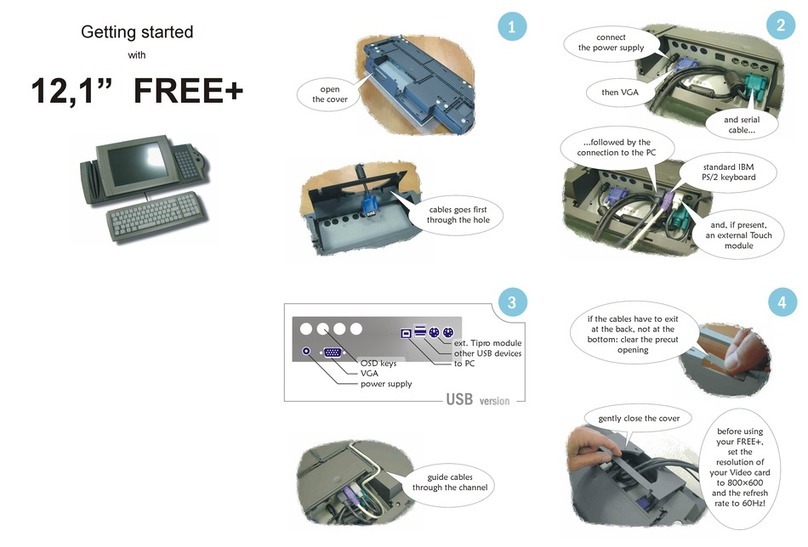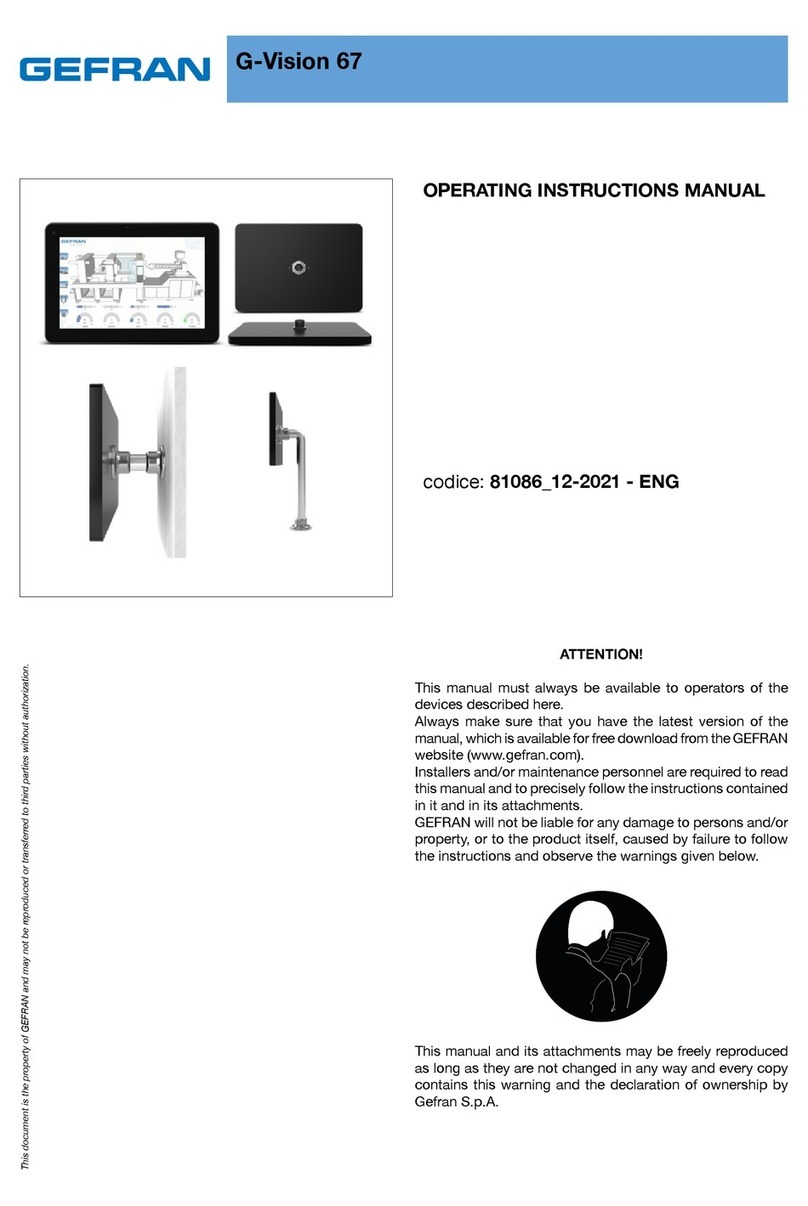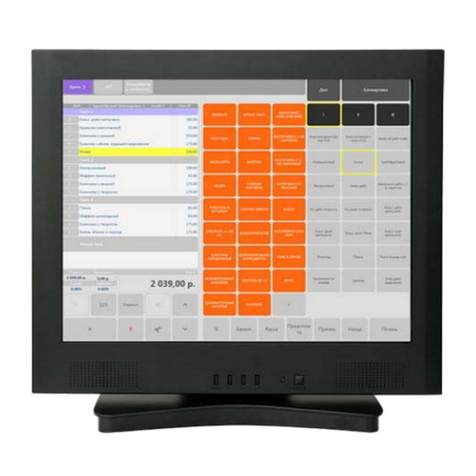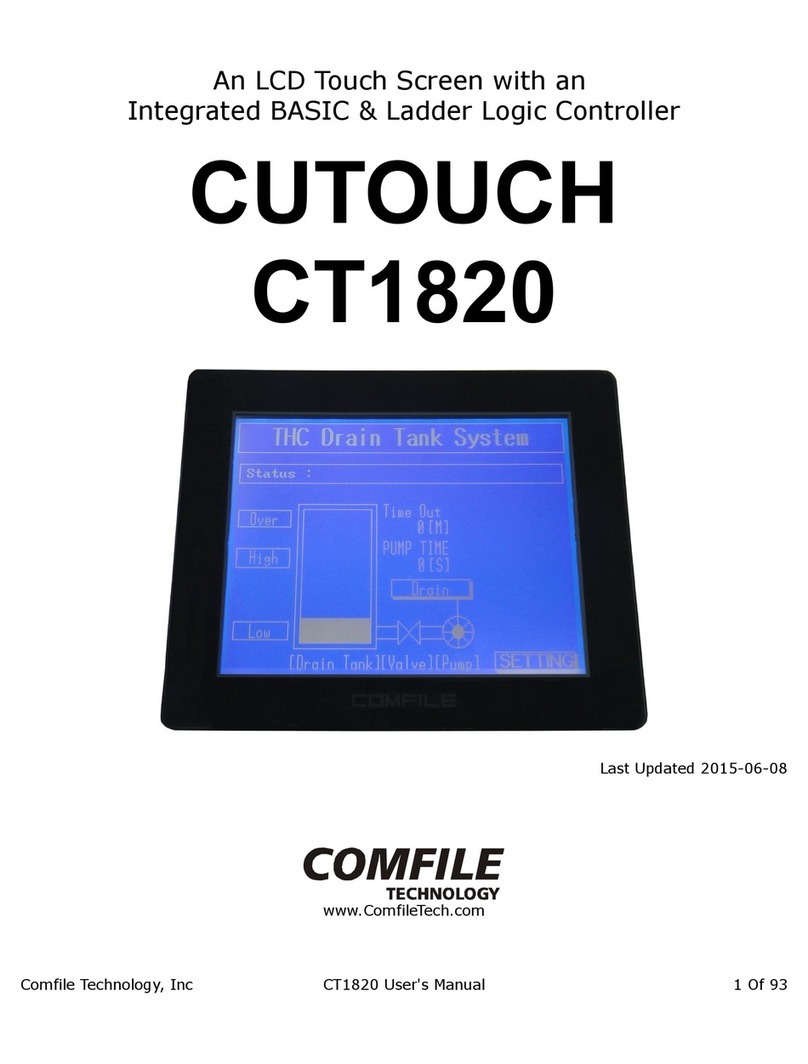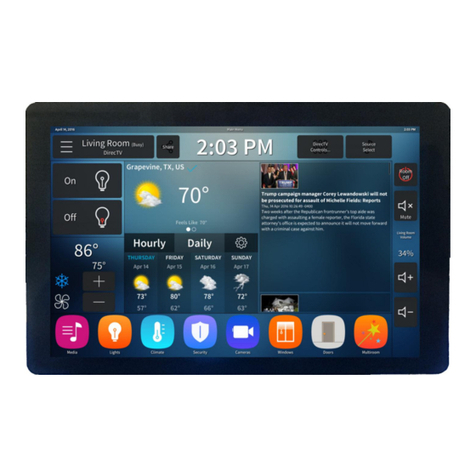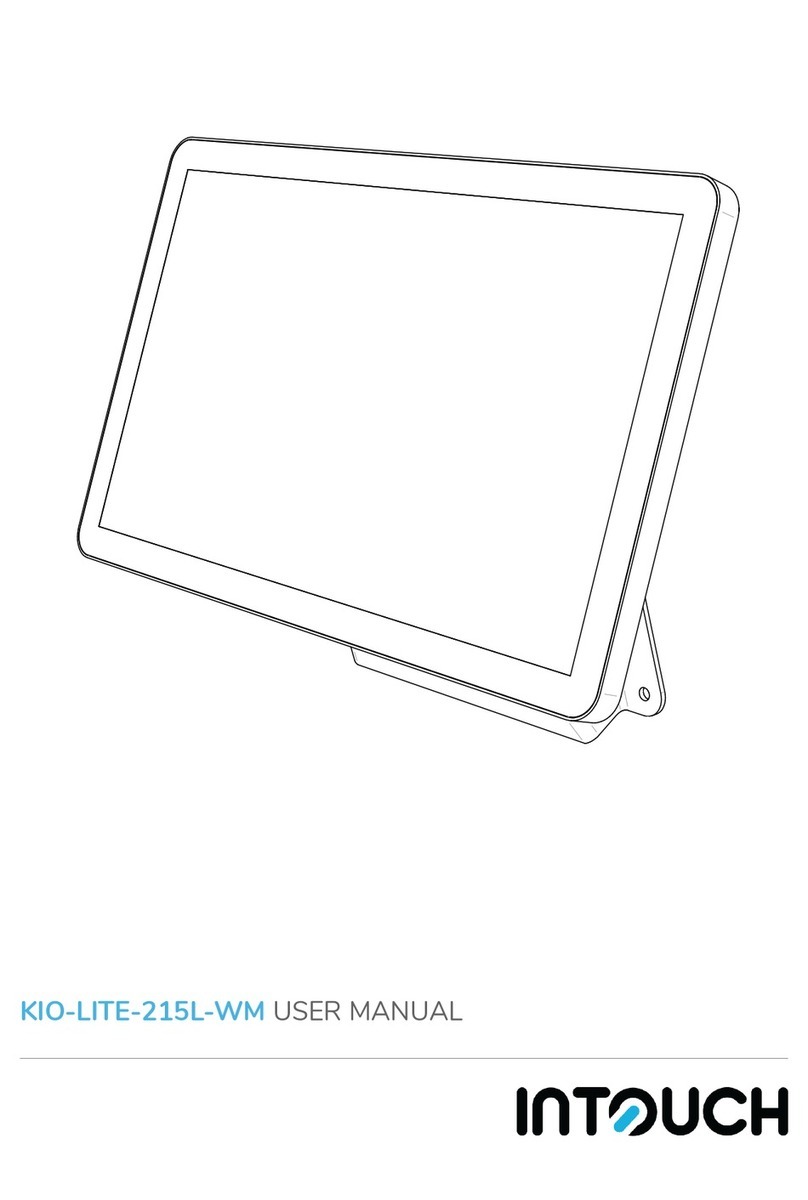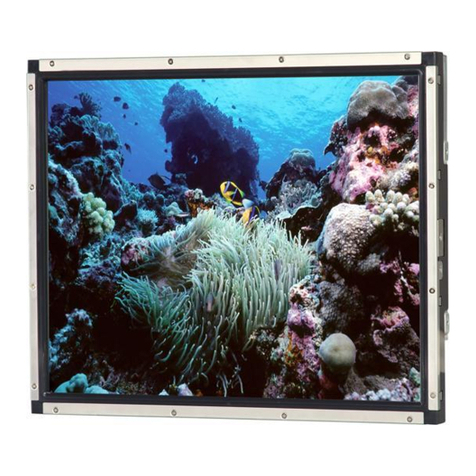
MAN1195-02-EN
Indianapolis, USA | Cork, Ireland | Calgary, Canada | Bangalore, India | Oakleigh, Australia | Tianjin, China | Esteio, Brazil
Please visit our website for a complete listing and to learn more about certified Horner Automation products.
This document is the property of Horner Automation Group, and is subject to change.
page 4 of 4
Precautions
All applicable codes and standards need to be followed in the installation of
this product. Adhere to the following safety precautions whenever any type of
connection is made to the module:
1. Connect the safety (earth) ground on the power connector first before making
any other connections.
2. When connecting to the electric circuits or pulse-initiating equipment, open
their related breakers.
3. Do NOT make connection to live power lines.
4. Make connections to the module first; then connect to the circuit to be
monitored.
5. Route power wires in a safe manner in accordance with good practice and local
codes.
6. Wear proper personal protective equipment including safety glasses and
insulated gloves when making connections to power circuits.
7. Ensure hands, shoes, and floor are dry before making any connection to a
power line.
8. Make sure the unit is turned OFF before making connection to terminals.
9. Make sure all circuits are de-energized before making connections.
10. Before each use, inspect all cables for breaks or cracks in the insulation.
Replace immediately if defective.
11. Use copper conductors in Field Wiring only, 60/75°C.
12. Do not disconnect while circuit is live unless area is known to be non-hazardous.
13. Do not remove or replace jumpers or connectors while circuit is live unless the
area is known to be free of ignitable concentrations of flammable gases or
vapors.
14. Use caution when making connections to the controller to protect against static
discharge. Special care must be taken when replacing the battery or inserting or
adjusting I/O or communication boards.
15. Use caution when connecting controllers to PCs via serial or USB. PCs,
especially laptops may use “floating power supplies” that are ungrounded.
This could cause a damaging voltage potential between the laptop and
controller. Ensure the controller and laptop are grounded for maximum
protection. Consider using a USB isolator due to voltage potential differences as
a preventative measure.
16. Failure to follow these guidelines can damage the controller and/or other
devices.
Hazardous Location Notice
Power, input and output (I/O) wiring must be in accordance with Class 1, Division
2 wiring methods [Article 501-4(b) of the National Electrical Code, NFPA 70] for
installations in the U.S. or as specified in Section 18-1J2 of the Canadian Electrical
Code for installations within Canada and in accordance with the authority having
jurisdiction.
1. THIS EQUIPMENT IS SUITABLE FOR USE IN CLASS I, DIVISION 2, GROUPS A B C D or
NON-HAZARDOUS LOCATIONS ONLY.
2. WARNING – EXPLOSION HAZARD – SUBSTITUTION OF COMPONENTS MAY IMPAIR
SUITABILITY FOR CLASS I, DIVISION 2.
AVERTISSEMENT - RISQUE D’EXPLOSION LA SUBSTITUTION DECOMPOSANTS
PEUT RENDRECE MATE RIEL INACCEPTABLE POUR LES EMPLACEMENTS DE
CLASSE I, DIVISION 2
3. WARNING – EXPLOSION HAZARD – DO NOT DISCONNECT EQUIPMENT UNLESS
POWER HAS BEEN SWITCHED OFF OR THE AREA IS KNOWN TO BE NON-
HAZARDOUS AND FREE OF IGNITABLE CONCENTRATIONS.
ATTENTION - RISQUE D’EXPLOSION - NE DECONNECTEZ PAS L’EQUIPEMENT
A MOINS DE L’AVOIR MIS HORS TENSION OU QUE LA ZONE EST CONNUE NON-
DANGEUREUSE ET NE CONTIENT PAS DE CONCENTRATIONS INFLAMMABLES.
4. WARNING - EXPLOSION HAZARD - BATTERIES MUST ONLY BE CHARGED IN AN
AREA KNOWN TO BE NON-HAZARDOUS.
AVERTISSEMENT - RISQUE D’EXPLOSION - LES PILES NE DOIVENT ÊTRE CHARGÉES
QUE DANS UN ENDROIT DE DANGER NON DANGEREUX.
5. WARNING - Battery may explode if mistreated. Do not recharge, disassemble, or
dispose of in fire.
AVERTISSEMENT - La batterie peut exploser si elle est maltraitée. Ne pas recharger,
démonter ou jeter au feu.
FCC Compliance
This device complies with part 15 of the FCC Rules. Operation is subject to the
following two conditions:
1. This device may not cause harmful interference
2. This device must accept any interference received, including interference
that may cause undesired operation
Technical Support
For further details, please refer to the Datasheets, MAN1112 – MAN1117. For assistance
and manual updates, contact Technical Support at the following locations:
North America Europe
+1 (317) 916-4274 +353 (21) 4321-266
www.hornerautomation.com www.hornerautomation.eu
Panel Cut-Out 5.165”
(131.2mm)
8.27”
(210.06mm)
5.66”
(143.76mm)
1.73”
(43.94mm)
Installation Procedure
• The XL7 utilizes a clip installation method to ensure a robust and
watertight seal to the enclosure. Please follow the steps below for
the proper installation and operation of the unit.
• This equipment is suitable for Class I, Division 2, Groups A, B, C and
D or non-hazardous locations only.
• Digital outputs shall be supplied from the same source as the
operator control station.
• Jumpers on connector JP1 shall not be removed or replaced while
the circuit is live unless the area is known to be free of ignitable
concentrations of flammable gases or vapors.
The XL7 utilizes a clip installation method to ensure a robust and
watertight seal to the enclosure. Please follow the steps below for the
proper installation and operation of the unit.
1. Carefully locate an appropriate place to mount the XL7. Be sure to
leave enough room at the top of the unit for insertion and removal
of the microSD™ card.
2. Carefully cut the host panel per the diagram, creating a 131.2mm x
189.7mm +/-0.1 mm opening into which the XL7 may be installed.
If the opening is too large, water may leak into the enclosure,
potentially damaging the unit. If the opening is too small, the OCS
may not fit through the hole without damage.
3. Remove any burrs and or sharp edges and ensure the panel is not
warped in the cutting process.
4. Remove all Removable Terminals from the XL7. Insert the XL7
through the panel cutout (from the front). The gasket must be
between the host panel and the XL7.
5. Install and tighten the four mounting clips (provided in the box)
until the gasket forms a tight seal
NOTE: Max torque is 0.8 to 1.13Nm, or 7 to 10 in-lbs.
6. Reinstall the XL7 I/O Removable Terminal Blocks. Connect
communications cables to the serial port, USB ports, Ethernet port,
and CAN port as required.
7.468”
(189.7mm)
Dimensions
